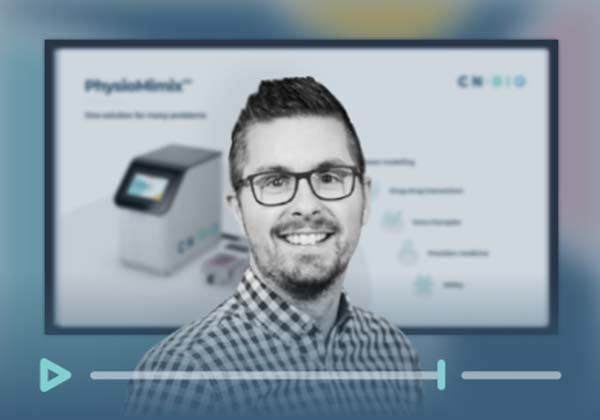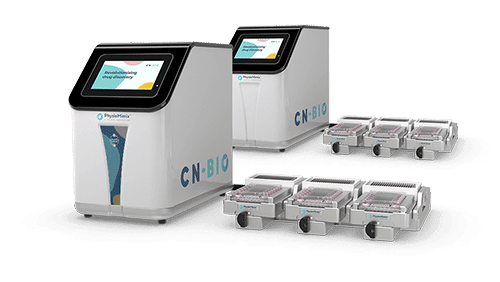Resource > Webinars >
Towards a Body-on-a-Chip: The Value of Multi-Organ MPS for Human-Relevant Drug Assessment
The Value of Multi-Organ MPS for Human-Relevant Drug Assessment
Filed under: ADME, Disease modeling, Drug bioavailability, General OOC, and Safety toxicology

Video content if present
Towards a Body‑on‑a‑Chip
Watch our webinar to learn how single and multi-organ MPS can be incorporated into your drug discovery and development workflows and increase translation of preclinical assays.
Watch this webinar to learn:
- What’s an MPS & how does it compare to standard approaches?
- Latest multi-organ MPS developments and their value
- How to design single- and multi-organ MPS experiments
- The importance of generating liver-specific clinical endpoints in vitro
Microphysiological Systems (MPS), also known as organ-on-a-chip, generate human-relevant 3D cell culture models whose phenotypes and functions mimic individual in vivo organs. When therapeutics are added, these models can generate results that translate into clinical outcomes more reliably than standard in vitro techniques.
In the human body, however, no one tissue or organ operates in isolation. Could we achieve greater translation by interconnecting organ models? By linking gut and liver for example, can researchers better understand drug absorption and metabolism? Do reactive metabolites cause toxicity in different organs and at what doses? Do circulating immune cells promote inflammation and mediate toxicity?
View our Q&A document from the live event.
Speaker Information:
 Dr Tomasz Kostrzewski
Dr Tomasz Kostrzewski
VP -Science & Technology
CN Bio Innovations


 Dr Tomasz Kostrzewski
Dr Tomasz Kostrzewski